This article is part of the Under the Lens series
New AFFH Rules: What You Need to Know
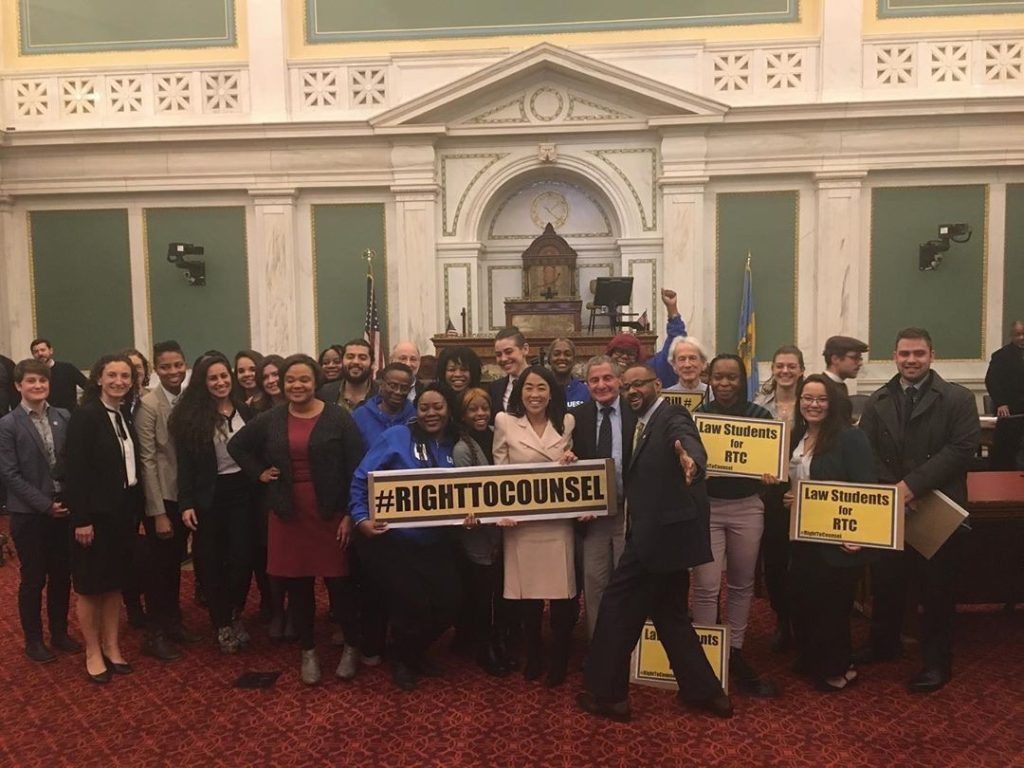
Representation in landlord-tenant court proceedings was a key goal of Philadelphia tenant advocates. In 2019, the city guaranteed legal representation for low-income tenants facing eviction in two of the city’s ZIP codes. The policy has been in effect since February 2022, and the Philadelphia Eviction Prevention Project continues to support tenants. Photo by Rasheedah Phillips
Last month the U.S. Department of Housing and Urban Development (HUD) announced a new proposed affirmatively furthering fair housing (AFFH) rule that could be a game-changer for housing justice across the country.
AFFH is a provision of the Fair Housing Act of 1968, which banned housing discrimination and predatory real estate practices. That provision required any entity receiving HUD funds to proactively address patterns of poverty and disinvestment in communities of color. For decades, the AFFH mandate was in the law, but cities were not held accountable for failing to carry it out. This changed in 2015 when the Obama administration, in partnership with racial equity and housing justice advocates, instituted a strong AFFH rule that helped address racial disparities in cities across the country.
Among other things, that rule includes a public participation requirement for communities to bring reforms that would put fair housing on the table for the first time. Though the AFFH rule was repealed by the Trump administration in 2017, some communities made significant strides while it was in place. The Biden administration’s proposed rule improves upon the 2015 rule—but it could be even stronger with the input of community advocates during the open comment period, which ends on April 10.
Let’s look at three different ways in which the AFFH community participation process has been used as a tool by grassroots organizers to advance housing justice, and what that implies about what we should advocate for in a new AFFH rule.
Elevating Existing Concerns: Right to Counsel
In Philadelphia, the AFFH process was key to community advocates’ winning the right to counsel in eviction proceedings. In 2016, the city of Philadelphia’s Division of Housing and Community Development and the Philadelphia Housing Authority conducted their inaugural Assessment of Fair Housing, which included a robust community engagement process consisting of thousands of survey responses, meetings with organizations working on the frontlines of the housing crisis, public hearings, and focus groups in multiple languages made up of residents experiencing housing instability. Housing advocates and tenants mobilized to increase the number of residents who shared their stories, and together they successfully established the need for increased representation for low-income tenants in landlord-tenant court. In the city’s final assessment, representation in landlord-tenant court was listed as goal No. 32 out of 52.
“Evictions are a racial justice issue as they are most likely to impact Black women and their children,” noted Kadeem Morris, supervising attorney for Community Legal Services.
In the years that followed the assessment, housing advocates and tenant organizers—led by local organizations like Community Legal Services and the Philadelphia Tenants Union—continued to fight for the right to counsel. In 2019, after some pilot programs, the city guaranteed legal representation for low-income tenants facing eviction in two of the city’s ZIP codes. The policy has been in effect since February 2022, and the Philadelphia Eviction Prevention Project continues to support tenants, now with $45 million in funding, including $30 million for direct rental assistance. Ultimately, the AFFH process was instrumental to this victory, as it elevated residents’ concerns to the public record in an unprecedented way––laying a critical foundation for the campaigns to follow.
Generating New Solutions: Amending the Zoning Code
Boston’s AFFH process included community meetings, public testimony, and a citywide survey that generated thousands of resident responses. This process revealed that the city was not doing enough to make new housing developments accessible to historically divested communities. As a result of this process, advocates proposed amending the Boston zoning code to force developers to address displacement concerns with new development.
The Boston Tenant Coalition had built strong cross-sector relationships during the AFFH community engagement process, and those relationships were critical to advancing the zoning amendment over the next two years. This opening would not have occurred without this public community engagement process. After years of organizing from grassroots groups, in 2020 the Boston Zoning Committee voted to amend the zoning code. As of March 2021, developers who build large residential projects must complete an AFFH Assessment Tool, guided by a displacement analysis and historical exclusion data.
“[The AFFH] amendment . . . requires us to hold a mirror up to the developers and say, ‘This is what you purchased in 2021, here is what it looked like in past decades, here’s the displacement crisis that you are now responsible for undoing, these are the injuries, and now, here’s a whole list of mitigation measures. You will be part of helping to undo those harms through planning and zoning.’” —Former Boston City Councilor Lydia Edwards, District One
AFFH as an Accountability Tool
AFFH can be utilized to advance environmental justice as well. In Chicago, after the city approved the relocation of General Iron, a metal-shredding operation, from a mostly white and affluent neighborhood to a Latinx-majority neighborhood surrounded by Black neighborhoods, environmental justice advocates filed a fair housing complaint with HUD. The complaint—filed by organizations including Southeast Environmental Task Force, Chicago South East Side Coalition to Ban Petcoke, and People for Community Recovery—alleged that the city of Chicago violated the Fair Housing Act, the Civil Rights Act, and the Housing and Community Development Act of 1974, which ultimately led to a denial of the permit the facility needed to operate. The siting of an industrial facility is not direct housing discrimination in the way steering by real estate agents or refusal to rent by landlords is, but, the complaint argued, it had a direct and racially discriminatory effect on home values and levels of segregation.
Two years later, HUD’s investigation found that the city’s efforts to relocate the facility were part of a broader initiative of “shifting polluting activities from White neighborhoods to Black and Hispanic neighborhoods . . . [which was] particularly egregious given the longstanding and well-known environmental burdens already borne by the Southeast neighborhoods.” Furthermore, HUD concluded that “the city’s decision to pursue the relocation and the city’s actions to achieve this goal were discriminatory and violated Title VI [of the Civil Rights Act] and Section 109 [of the Housing and Community Development Act].” As a consequence, HUD requested that the city correct the violations by entering into a Voluntary Compliance Agreement to address existing and potential environmental harms of the relocation, with implications for future HUD funding if the harms were left unaddressed.
This issue caught the attention of the U.S. Environmental Protection Agency, which monitors facilities in the Southeast neighborhood for pollution and asked the city to complete a Health Impact Assessment. The most important consequence of this complaint is that the Chicago Department of Public Health denied General Iron’s permit application to operate on the Southeast Side, citing findings in the EPA-recommended Health Impact Assessment. The Chicago City Council also voted to pass its Air Quality Ordinance, which re quired certain businesses to submit air quality impact studies as a part of site plan review. While it’s difficult to show an explicit connection, given the timing, it seems likely that the initial HUD complaint, attention from multiple federal agencies, and the fear of losing future HUD funding were significant contributing factors in the city’s decisions.
“We filed this complaint because this move is only one example among decades of unfair zoning and land-use practices that discriminate against Black and Latino residents while benefiting white neighborhoods that have seen their home values soar. General Iron’s presence won’t only add to the toxic air we breathe; it will also worsen the segregation that already exists in Chicago. In our complaint we charged the city for engaging in housing discrimination when they entered into an agreement on Sept. 10, 2019 facilitating the relocation of General Iron’s industrial facility.”
— Gina Ramirez, member of Southeast Environmental Task Force
These examples show what AFFH can achieve at the local level–and in the midst of an escalating housing crisis, we must make it even stronger than ever. That’s why PolicyLink and other housing advocates are calling for the rule to:
- Include language requiring jurisdictions to assess existing and lacking tenant protections as a topic to address in Equity Plans so that more jurisdictions can advance policies like Philadelphia’s right to counsel program;
- Require robust community engagement, as was done in Boston, so that the lived experiences of those most impacted by housing discrimination and segregation can inform the creation of fair housing goals;
- Provide clear language on the complaint and enforcement process, particularly regarding consequences for failing to affirmatively further fair housing, so that more communities feel empowered to file fair housing complaints like the one used in Chicago, and so that those complaints have meaningful consequences.
Together, we can make the 2023 proposed AFFH rule the strongest to date. Comments are due in the Federal Register by April 10, and advocates can use PolicyLink’s guide to shape their comments. Now is our chance to imagine and design new policies that will build the abundant housing futures that are ours.
Editor’s note: As of April 6, the comment period for the proposed rule has been extended. Comments should be received on or before April 24.
|
|

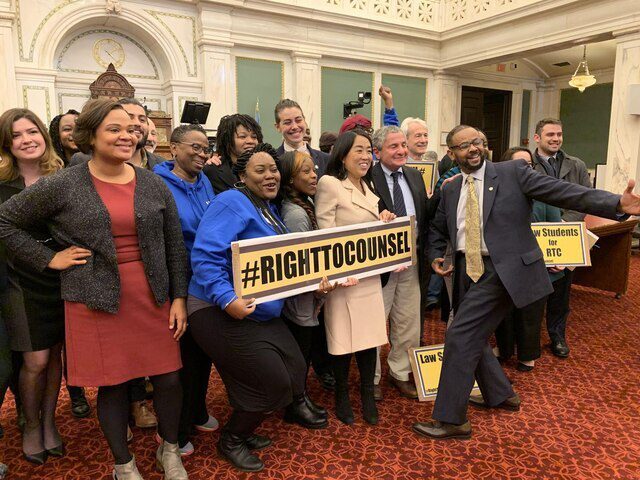

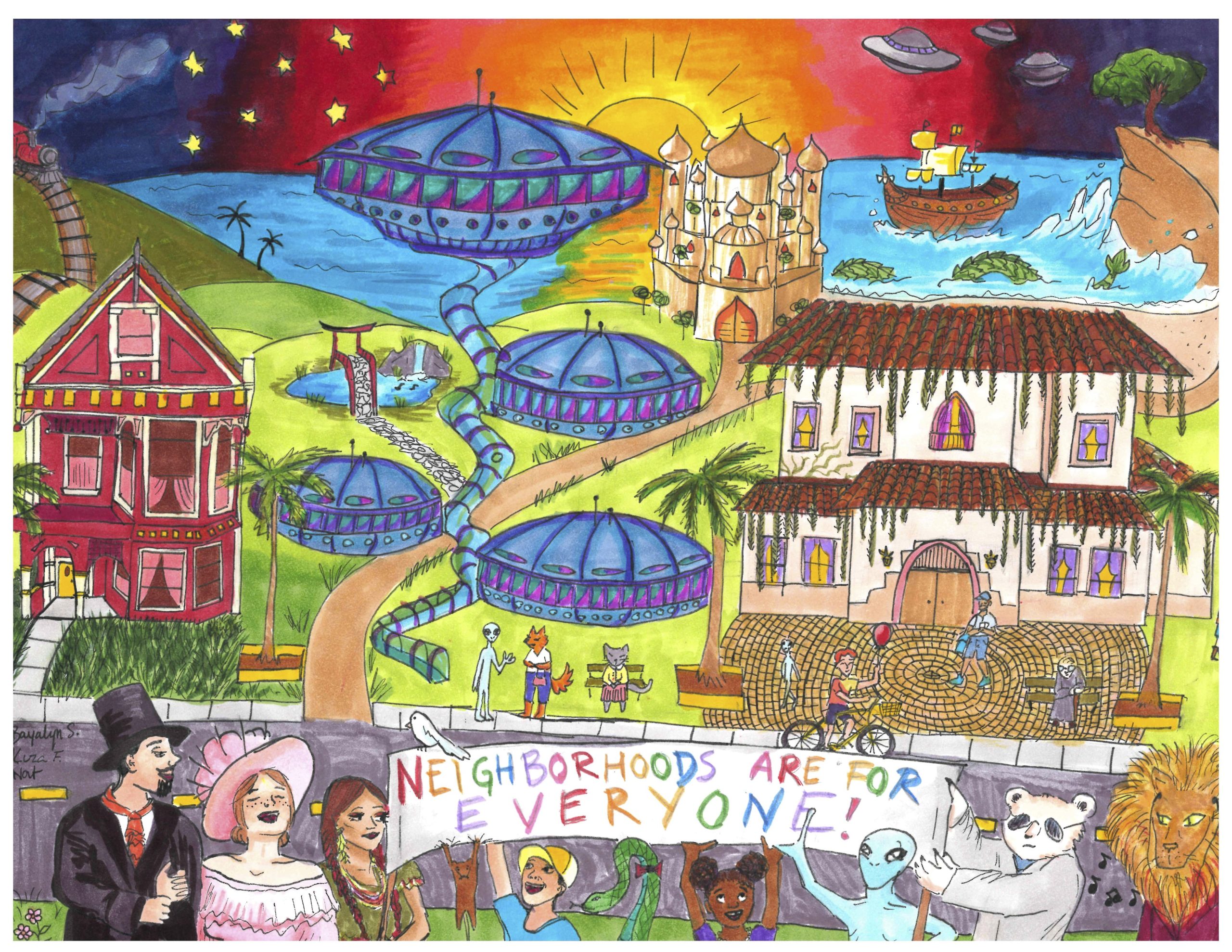
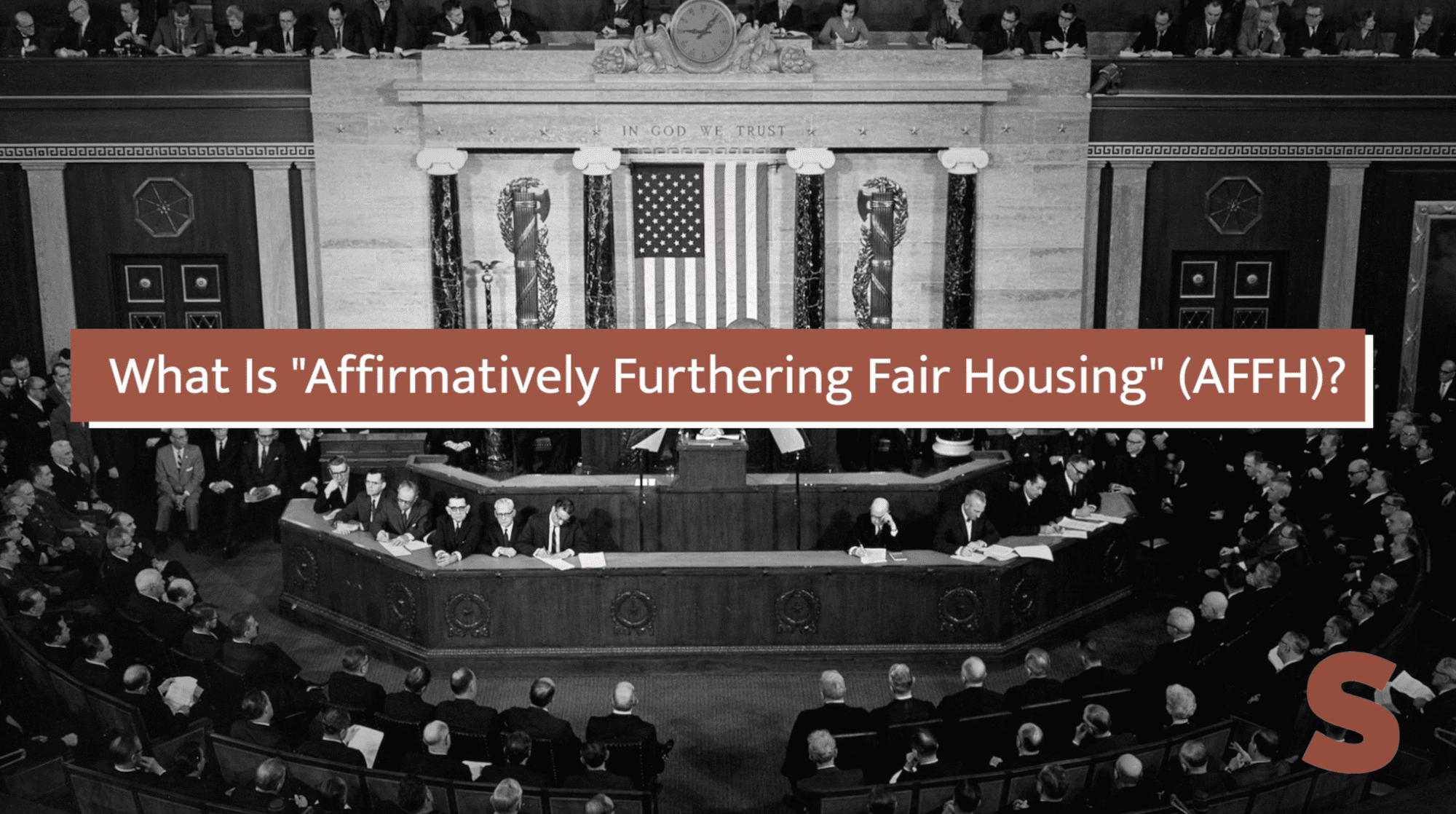
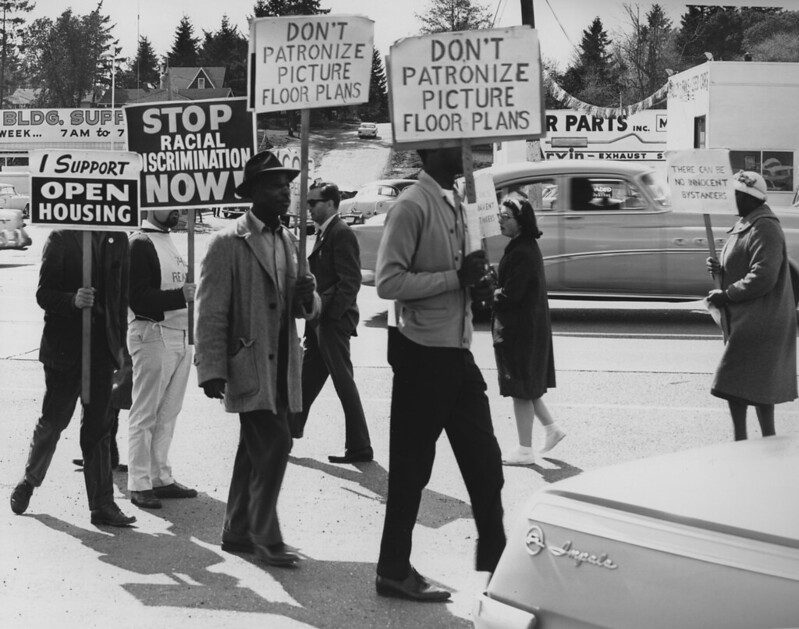
Comments